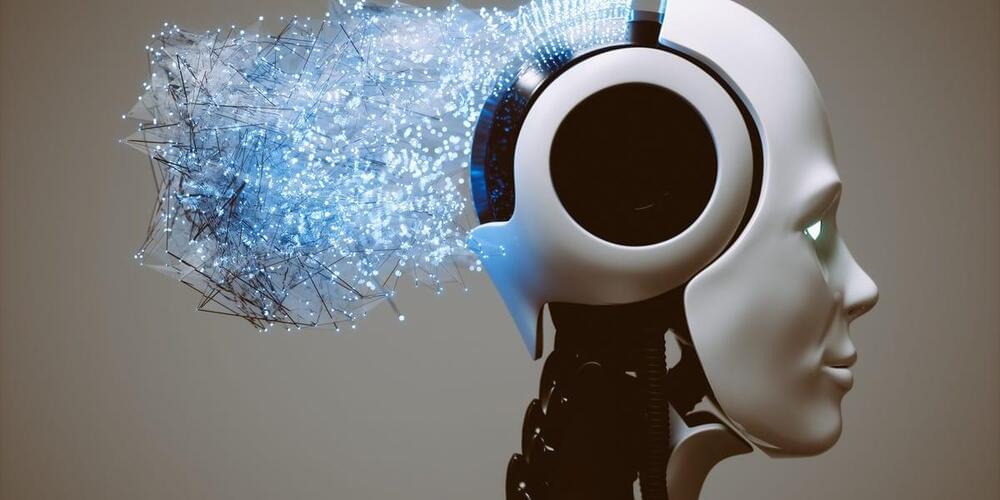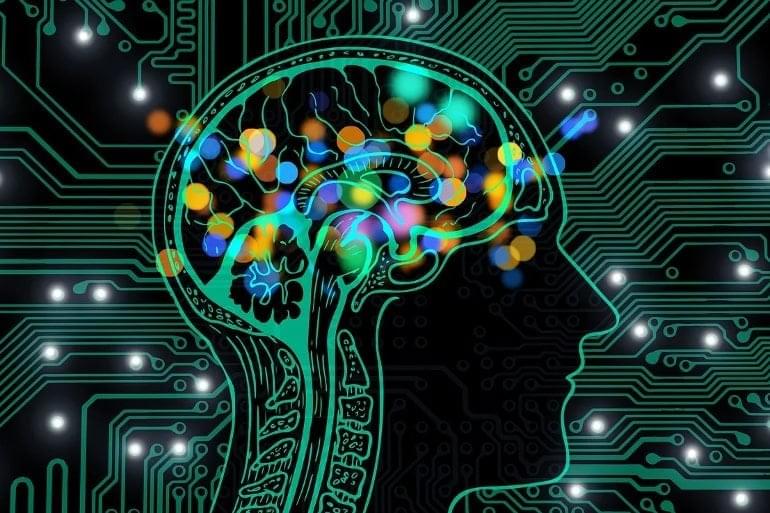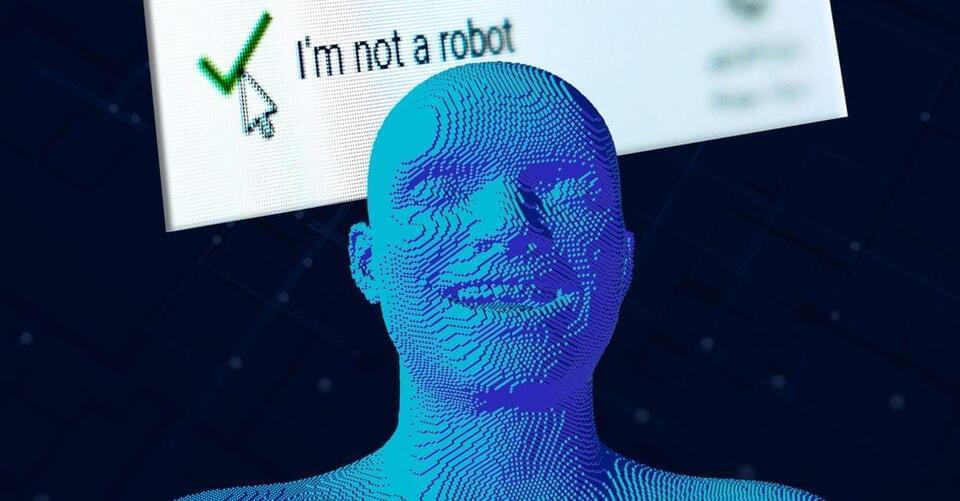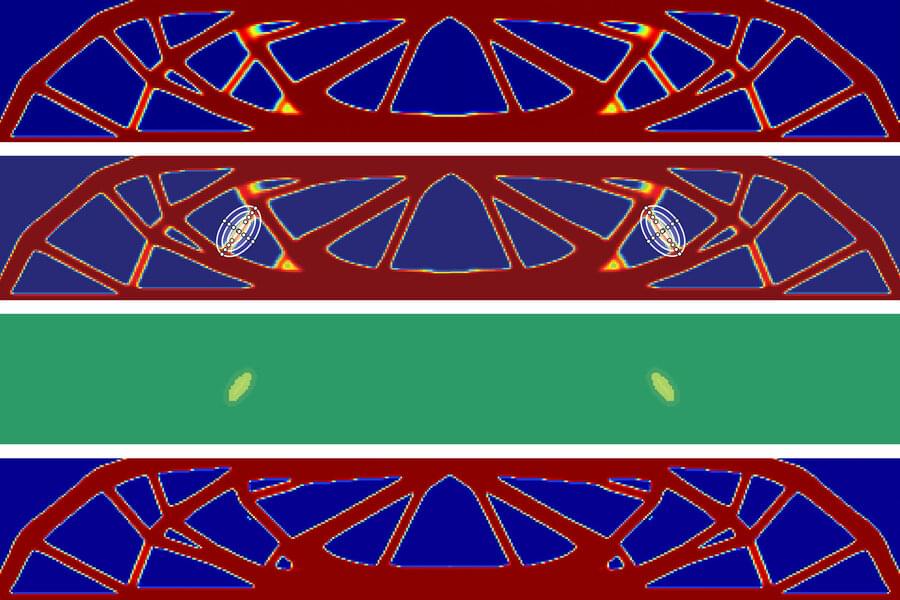Modern fabrication tools such as 3D printers can make structural materials in shapes that would have been difficult or impossible using conventional tools. Meanwhile, new generative design systems can take great advantage of this flexibility to create innovative designs for parts of a new building, car, or virtually any other device.
But such “black box” automated systems often fall short of producing designs that are fully optimized for their purpose, such as providing the greatest strength in proportion to weight or minimizing the amount of material needed to support a given load. Fully manual design, on the other hand, is time-consuming and labor-intensive.
Now, researchers at MIT have found a way to achieve some of the best of both of these approaches. They used an automated design system but stopped the process periodically to allow human engineers to evaluate the work in progress and make tweaks or adjustments before letting the computer resume its design process. Introducing a few of these iterations produced results that performed better than those designed by the automated system alone, and the process was completed more quickly compared to the fully manual approach.







